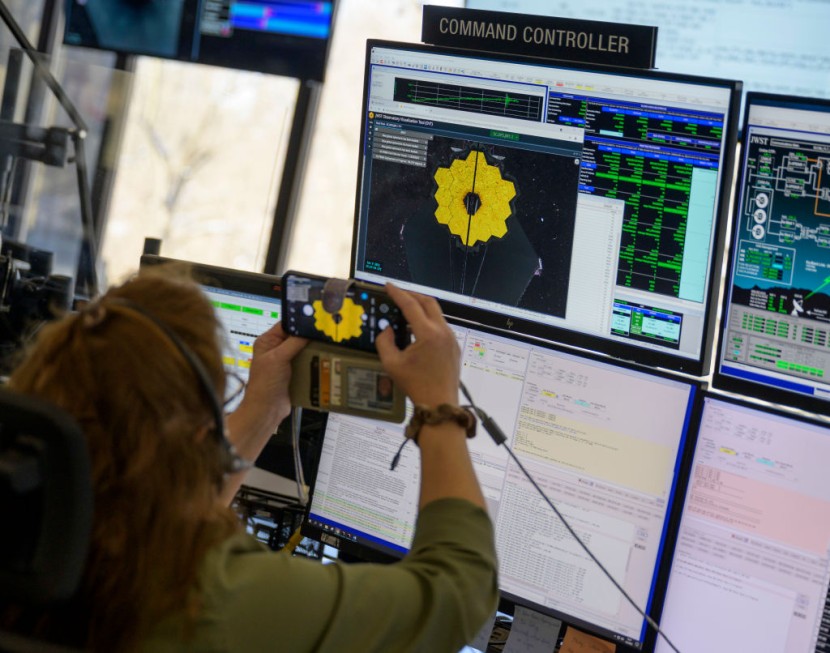
A high-speed small space rock fragment hit the James Webb Space Telescope's 18 primary mirror segments, which resulted in a noticeable effect on its function, NASA reported Wednesday.
It was the fifth time that a Micrometeoroid, a tiny fragment from an asteroid usually smaller than a grain of sand per The Verge, hit the telescope since it was launched on Christmas day, according to the agency.
Engineers expected occasional impacts by pieces of space dust throughout the lifespan of the $10 billion telescope, which has its mirrors exposed to space. However, one impact between May 23 and 25 was larger than the pre-flight simulations anticipated.
They issued orders to actuators on the back of the mirror to ever-so-slightly reposition it after assessing the C3 mirror segment's post-impact function. This counteracted most, but not all, of the impact's observed outcomes, per CBS News.
NASA stated on its blog: "After initial assessments, the team found the telescope is still performing at a level that exceeds all mission requirements despite a marginally detectable effect in the data. Thorough analysis and measurements are ongoing. Impacts will continue to occur throughout the entirety of Webb's lifetime in space; such events were anticipated when building and testing the mirror on the ground."
Space Telescope Still Working Good
Despite the damage, NASA claims the telescope is still performing better than pre-flight estimates.
"After a successful launch, deployment, and telescope alignment, Webb's beginning-of-life performance is still well above expectations, and the observatory is fully capable of performing the science it was designed to achieve," the space agency noted.
The James Webb Space Telescope is the most sophisticated and efficient infrared observatory ever launched, with a segmented 21.3-foot-wide primary mirror capable of detecting the dim, stretched-out light from the first generation of stars and galaxies to appear after the Big Bang.
"Webb's tremendous size and sensitivity make it a highly sensitive detector of micrometeorites; over time Webb will help improve knowledge of the solar system dust particle environment at L2, for this and future missions." per NASA's blog post on James Webb Telescope update.
Webb's First Captured Images To Be Released Soon
The main beryllium mirror is made up of 18 hexagonal sub-mirrors, each measuring 4.3 feet in diameter and coated with a thin layer of gold to increase reflection. They're among the most meticulously crafted optical elements ever created.
At its orbit around Sun-Earth L2, Webb's mirror was designed to survive dust-sized particles flying at high speeds from the micrometeoroid environment. Engineers used a combination of calculations and actual test hits on mirror samples to acquire a better image of how to reinforce the observatory for operation in orbit while it was being built.
To illustrate its capabilities, Webb is currently collecting observations of the Universe from near and far. Next month, astronomers will unveil these images to the rest of the world, per BBC.
In the long run, scientists hope to use Webb to look for the very first stars that lit up the cosmos 13.5 billion years ago.
They'll also use the telescope's large "eye" to look at distant planets' atmospheres to discover if they're livable.
Webb's operations timetable has not been affected by the recent impact, as the team continues to test the science equipment' observing modes and prepares for the release of Webb's first photos and the beginning of science operations.
© 2025 HNGN, All rights reserved. Do not reproduce without permission.








